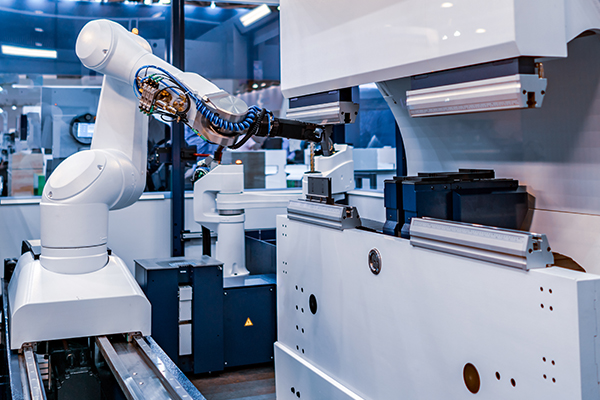Rodless Cylinder is an actuator widely used in pneumatic systems. Its core design concept is to eliminate the piston rod structure of traditional cylinders and realize direct drive of loads through innovative transmission mechanisms. Unlike conventional cylinders, its piston does not rely on external rods to transmit power, but drives external moving parts to reciprocate along the axis of the cylinder body through internal coupling methods (such as magnetic force or mechanical sliders).
This type of cylinder is mainly divided into two technical routes: magnetic coupled and mechanical type. The magnetic coupled type uses the magnetic field coupling effect of the built-in permanent magnet of the piston and the magnetic ring of the external slider to transmit power. It has a compact structure and no dynamic sealing points. It is suitable for light load precision positioning in a clean environment. The mechanical type realizes power transmission through the rigid connection between the slot of the cylinder body and the slider. It has a strong load-bearing capacity and supports high-speed movement, but the sealing and dust prevention problems need to be solved.
The core advantage of the rodless cylinder lies in the efficient use of axial space, especially for long stroke and compact installation scenarios. Its design avoids the risk of piston rod deflection and seal wear, while taking into account maintenance-free characteristics (magnetic coupling) and high load adaptability (mechanical). Typical applications include linear positioning, material conveying, door control systems and synchronous control of heavy equipment in the field of automation, reflecting the innovative direction of pneumatic technology in space optimization and functional integration.


